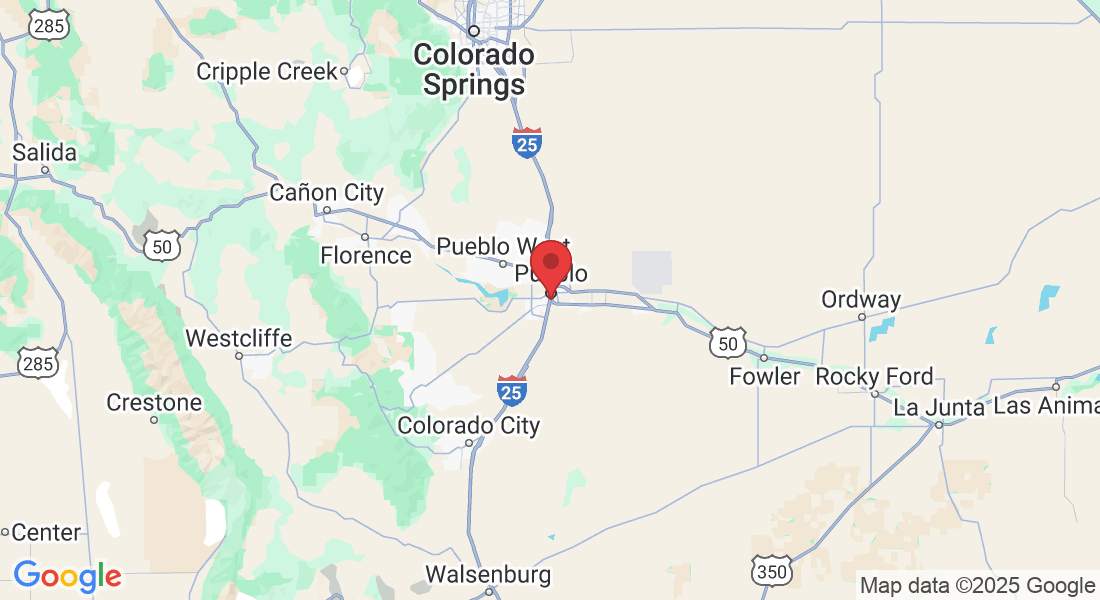Blog

Troubleshooting Guide: What to Do If Your Fridge Is No Longer Cooling
Troubleshooting Guide: What to Do If Your Fridge Is No Longer Cooling
Troubleshooting Guide: What to Do If Your Fridge Is No Longer Cooling
Introduction:
A fridge is an essential appliance that keeps our food fresh and prevents spoilage. However, when it stops cooling, it can be a cause for concern. In this troubleshooting guide, we will explore the steps you can take to identify and resolve common issues that may be causing your fridge to no longer cool properly. By following these simple steps, you can potentially save yourself from costly repairs or even the need to replace your refrigerator.
I. Check the Power Source:
The first thing to do is to ensure that your fridge is receiving power. Check if the power cord is securely plugged in and consider connecting a different device to the outlet to verify if it works. Additionally, inspect the circuit breaker or fuse box to ensure there are no tripped breakers or blown fuses affecting the power supply to your fridge.
II. Adjust the Thermostat:
An incorrectly set thermostat can lead to cooling issues. Make sure the thermostat is set to the appropriate temperature for your fridge. Consider consulting the manufacturer's guidelines for recommended settings. Additionally, be cautious of any external factors such as placing your fridge next to a heat source, as this can affect its cooling performance.
III. Clearing the Inside Vents:
Blocked vents can prevent the proper flow of cold air throughout your fridge. Examine the vents located inside your fridge and ensure they are not obstructed by food items or other objects. Clearing these vents will allow the cold air to circulate freely, improving the cooling efficiency.
IV. Inspection of Mechanical Components:
Several mechanical components contribute to the cooling process in your fridge. Inspect the condenser fan, evaporator fan, and compressor to ensure they are functioning properly. Look for any signs of damage, excessive dirt, or unusual noises. If any of these components are faulty, consider contacting a professional technician for further assistance.
V. Cleaning Condenser Coils:
Dirty condenser coils can impede the cooling process and increase energy consumption. Locate the condenser coils, usually found at the back or underneath the fridge, and gently vacuum or brush away accumulated dirt and dust. Regularly cleaning these coils can enhance the cooling performance of your fridge.
VI. Troubleshooting Frost Buildup:
Excessive frost buildup in the freezer can result in poor cooling throughout your fridge. If you notice significant frost accumulation, it may be necessary to defrost the freezer manually. Follow the manufacturer's instructions or use a gentle heat source to speed up the defrosting process. Once the frost has melted, ensure the freezer door seals tightly to prevent future buildup.
VII. Advanced Troubleshooting Techniques:
If the above steps did not resolve the cooling issue, it may be time to seek professional assistance. Professional technicians have the expertise and tools to diagnose and repair more complex problems. Contact your refrigerator's manufacturer or a reputable appliance repair service for further guidance.
Conclusion:
A fridge that is no longer cooling can be a frustrating issue to deal with, but with proper troubleshooting, you can often identify and resolve the problem. By checking the power source, adjusting the thermostat, clearing vents, inspecting mechanical components, cleaning condenser coils, and troubleshooting frost buildup, you can potentially restore your fridge's cooling performance. Remember to consult professional help if needed. With these steps in mind, you can save both money and food from spoiling due to a malfunctioning fridge.
Pueblo, Colorado
Email info@honestappliancerepairs.com
Mon-Fri: 8am - 4pm




